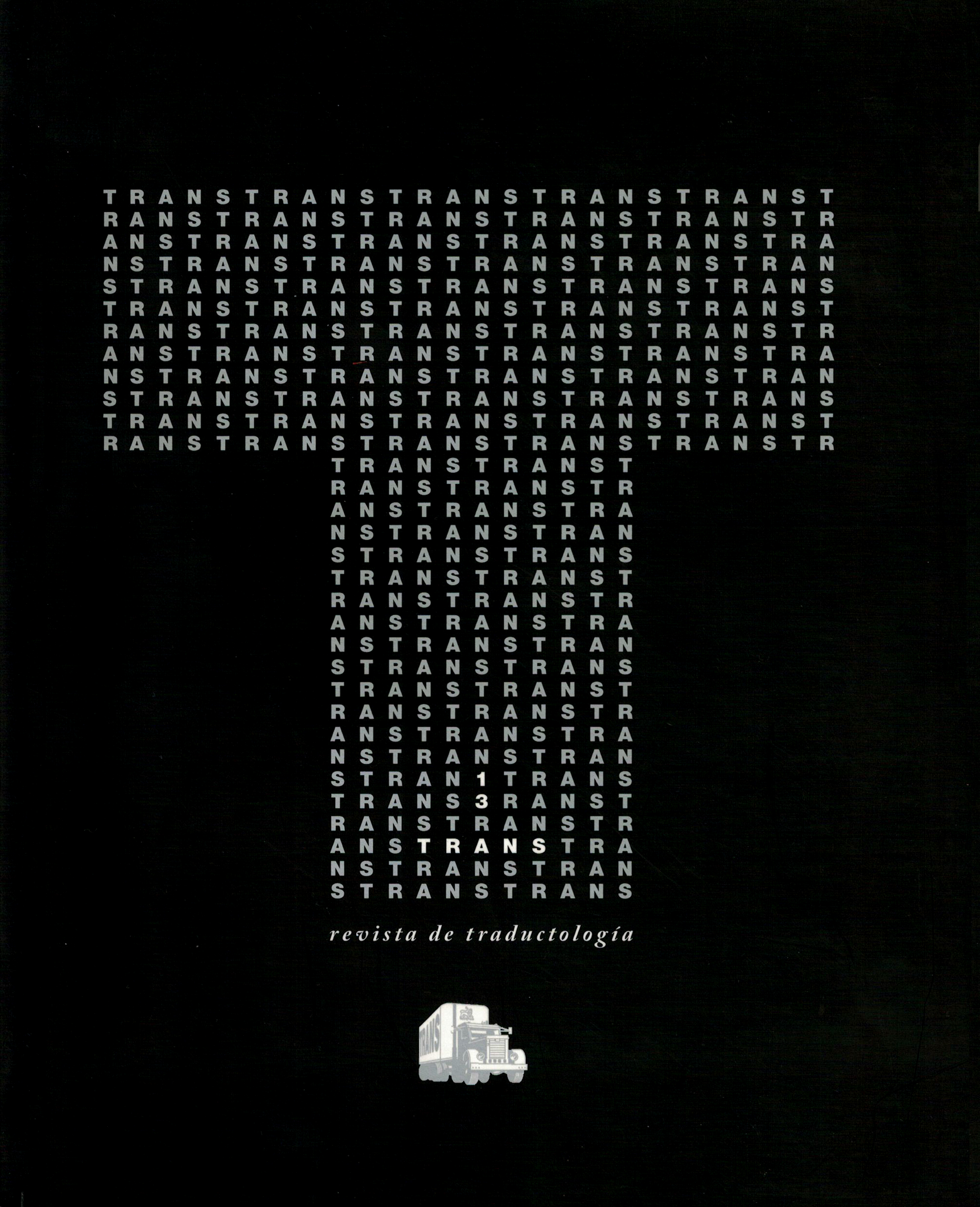El papel del elemento visual en la traducción del humor en textos audiovisuales: ¿un problema o una ayuda?
DOI:
https://doi.org/10.24310/TRANS.2009.v0i13.3162Keywords:
traducción audiovisual, humor, imagen, restriccionesAbstract
Como es bien sabido, el texto audiovisual es una clase de texto caracterizada esencialmente por transmitir información a través de dos canales o medios: el acústico y el visual. Canales distintos suponen problemas o restricciones distintas. Centrándome en el aspecto visual, en este artículo presento parte de los resultados de una investigación llevada a cabo sobre la traducción del humor en textos audiovisuales, una de cuyas conclusiones es que los componentes visuales, lejos de restringir, en muchas más ocasiones contribuyen a entender mejor el texto meta y a facilitar el humor, de modo que quizás haya que variar el enfoque con el que se suele analizar la traducción audiovisual y poner en duda la noción de la imagen como factor restrictivo per se, al menos cuantitativamente. La exposición de esta idea será ilustrada con algunos ejemplos extraídos de la serie Los Simpson
Downloads
Metrics
Publication Facts
Reviewer profiles N/A
Author statements
Indexed in
-
—
- Academic society
- N/A
- Publisher
- Universidad de Málaga
Downloads
Published
How to Cite
Issue
Section
License
All contents published in TRANS. Revista de Traductología are protected under the Creative Commons Attribution-NonCommercial-ShareAlike 4.0 International (CC BY-NC-SA 4.0) license. All about this license is available in the following link: <http://creativecommons.org/licenses/by-nc-sa/4.0>
Users can copy, use, redistribute, share and exhibit publicly as long as:
- The original source and authorship of the material are cited (Journal, Publisher and URL of the work).
- It is not used for comercial purposes.
- The existence of the license and its especifications are mentioned.
- ShareAlike — If you remix, transform, or build upon the material, you must distribute your contributions under the same license as the original.
There are two sets of authors’ rights: moral and property rights. Moral rights are perpetual prerogatives, unrenounceable, not-transferable, unalienable, imprescriptible and inembargable. According to authors’ rights legislation, TRANS. Revista de Traductología recognizes and respects authors moral rights, as well as the ownership of property rights, which will be transferred to University of Malaga in open access.
The property rights are referred to the benefits that are gained by the use or the dissemination of works. TRANS. Revista de Traductología is published in an open access form and it is exclusively licenced by any means for doing or authorising distribution, dissemination, reproduction, , adaptation, translation or arrangement of works.
Authors are responsable for obtaining the necessary permission to use copyrighted images.













21.png)
